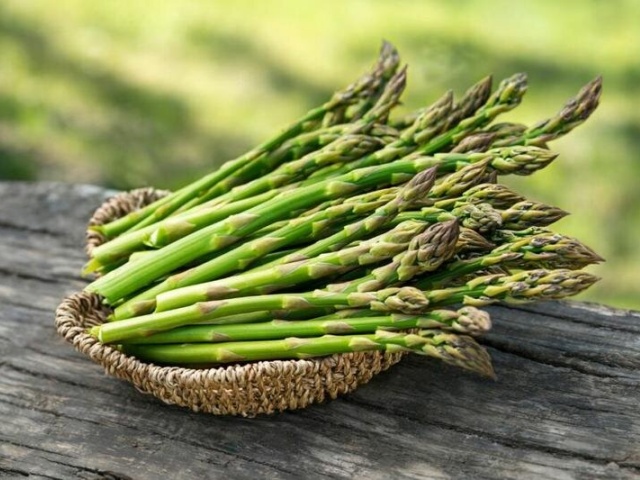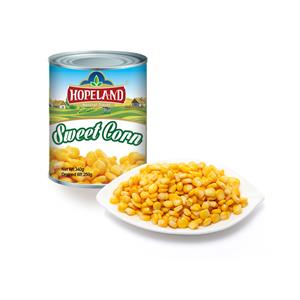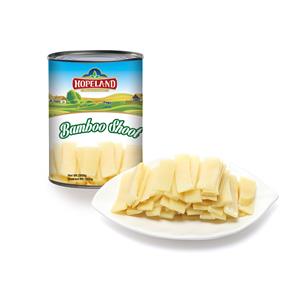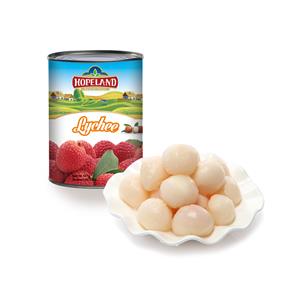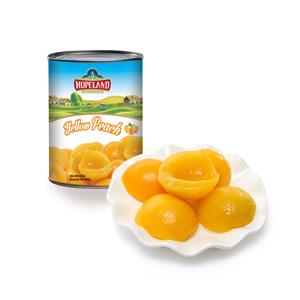How To Prepare the 2025 Canned Asparagus Season?
The canned asparagus industry is gearing up for an exciting 2025 season, with global demand continuing to rise due to the vegetable's nutritional benefits and culinary versatility. As producers, suppliers, and buyers prepare for the upcoming harvest and processing window, strategic planning is essential to ensure quality, efficiency, and profitability. This guide explores key considerations for the 2025 canned asparagus season, including market trends, production best practices, and logistical strategies.
1. Market Outlook for 2025
The global canned asparagus market is projected to grow steadily in 2025, driven by:
Health Consciousness: Asparagus is rich in vitamins A, C, and K, fiber, and antioxidants, aligning with consumer demand for nutritious, ready-to-eat foods.
Convenience Trends: Busy lifestyles boost demand for shelf-stable, easy-to-prepare vegetables.
Expanding Markets: Emerging economies in Asia and Latin America are adopting canned vegetables, creating new opportunities.
Key Markets to Watch:
North America: The U.S. and Canada remain top importers, with premium organic options gaining traction.
Europe: Germany and the Netherlands lead in consumption, favoring sustainably sourced products.
Asia-Pacific: Japan and China are growing markets, with demand for low-sodium and gourmet varieties.
2. Pre-Season Preparation for Producers
A. Sourcing and Cultivation
Selecting the Right Varieties: Opt for high-yield, disease-resistant asparagus cultivars (e.g., ‘Jersey Giant’ or ‘Purple Passion’).
Soil and Climate Readiness: Ensure well-drained soil with a pH of 6.5–7.5 and monitor spring temperatures for optimal spear growth.
Partnering with Farmers: Secure contracts with reliable growers early to avoid supply shortages.
B. Processing Facility Readiness
Equipment Maintenance: Calibrate sorting, cutting, and canning machinery to minimize downtime.
Staff Training: Train workers on hygiene standards (e.g., HACCP) and efficient processing techniques.
Sustainability Initiatives: Reduce water/energy use and explore eco-friendly packaging (e.g., BPA-free liners).
3. Harvest and Processing Best Practices
A. Harvesting
Timing: Harvest spears at 6–8 inches in height for optimal tenderness.
Labor Management: Hire skilled pickers to avoid damage to spears; consider mechanical harvesters for large-scale operations.
B. Canning Process
1. Blanching: Briefly boil spears to preserve color and texture.
2. Cutting: Uniformly slice spears (tips whole, stems diced) for consistent product quality.
3. Packing: Use automated fillers to pack spears with brine (saltwater) or natural juices.
4. Sterilization: Heat cans to 240°F (116°C) to ensure safety and extend shelf life.
4. Quality Control and Certification
Taste and Texture Tests: Regularly sample batches for firmness and flavor.
Lab Testing: Check for microbial contamination and nutrient retention.
Certifications: Obtain ISO 22000, USDA Organic, or EU Organic certifications to access premium markets.
5. Logistics and Distribution Strategies
Early Booking of Shipping Containers: Secure refrigerated (reefer) containers for temperature-sensitive shipments.
Targeted Marketing: Highlight unique selling points (e.g., "low-sodium" or "farm-to-can traceability") in trade shows like Anuga or SIAL.
Inventory Management: Use just-in-time (JIT) systems to balance supply with demand.
6. Challenges and Mitigation
Climate Risks: Unpredictable weather may delay harvests. Solution: Diversify sourcing regions.
Labor Shortages: Partner with agricultural cooperatives or invest in automation.
Trade Barriers: Stay updated on tariffs (e.g., U.S.-EU trade policies) and adjust pricing accordingly.
7. Future Trends to Embrace
Premiumization: Offer flavored (e.g., garlic-infused) or organic canned asparagus.
E-Commerce: List products on platforms like Amazon or Alibaba to reach direct consumers.
Blockchain Traceability: Implement QR codes to showcase farm origins and sustainability practices.
Conclusion
The 2025 canned asparagus season presents significant opportunities for stakeholders who prioritize quality, sustainability, and market agility. By adopting proactive strategies—from farm partnerships to eco-conscious processing—producers can meet global demand while maintaining profitability.

